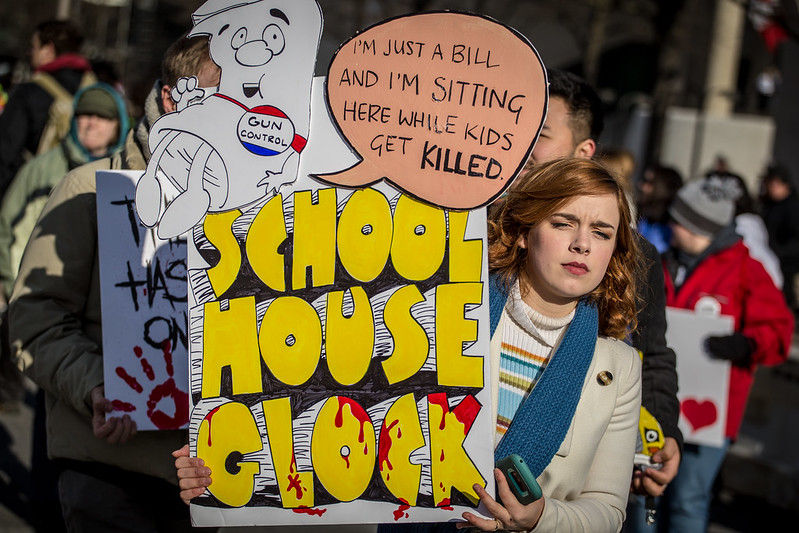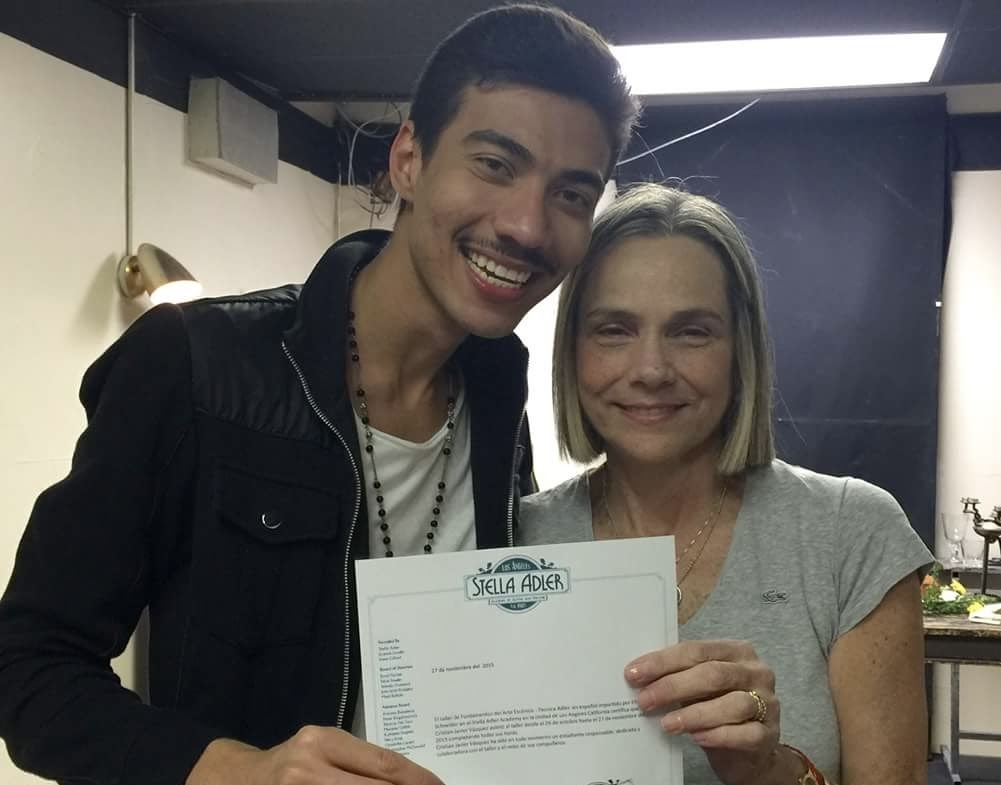(WEST HOLLYWOOD, Calif.) — In the wake of the Parkland tragedy, the March for Our Lives movement emerged as a passionate call for stricter gun control, led by young survivors. This essay explores the influential role of advocacy journalism, as seen in The Washington Post’s ‘March for Our Lives 2022: Thousands Gather to Protest Gun Violence,’ in igniting change and mobilizing a specific audience against gun violence. Using emotive language and personal stories, this form of journalism underscores the urgency of the issue and targets supporters of gun control and concerned citizens.
A striking example of advocacy journalism is found in a Washington Post article titled “March for Our Lives 2022: Thousands Gather to Protest Gun Violence.” This piece of journalism goes beyond mere reporting; it passionately advocates for stricter regulations and measures to combat gun violence through firsthand accounts. It is through the lens of advocacy journalism that the urgency of the issue is conveyed, employing emotive language with phrases such as “end gun violence,” “demanding change,” and “fighting for our lives” to evoke emotions and underscore the urgency.
For instance, the article introduces us to Katie Holloway, an elementary teacher from New Jersey, who attended the event with her mother and aunt. Her sign boldly declared: “…This teacher has had ENOUGH!” While the Washington Post reports this story, it simultaneously conveys an agenda advocating for comprehensive gun legislation and improved education.
Advocacy journalism selectively presents data, statistics, and personal stories that bolster the cause. Articles and reports on this movement often highlight the stories of survivors, families, and activists, underscoring the pressing need for change.
Furthermore, the movement’s founder, David Hogg, a survivor of the Parkland school shooting, emphasizes the urgency of their message by saying, “As we gather here, the next shooter is plotting his attack.”
Another instance of how advocacy journalism operates is its aim to mobilize a specific audience. In this case, the target audience includes those who support gun control, young activists, and individuals deeply concerned about the issue of school shootings. The article doesn’t focus solely on youth; it also acknowledges parents who are profoundly concerned about their children’s safety and strive to promote a safer environment.
This essay highlights how the March For Our Lives movement, born out of a tragedy, is powered by the voices of the youth, advocating for change and an end to gun violence. Advocacy journalism, as exemplified in the Washington Post article, serves as a potent tool in advancing their cause and instigating meaningful action to address this pressing issue.


